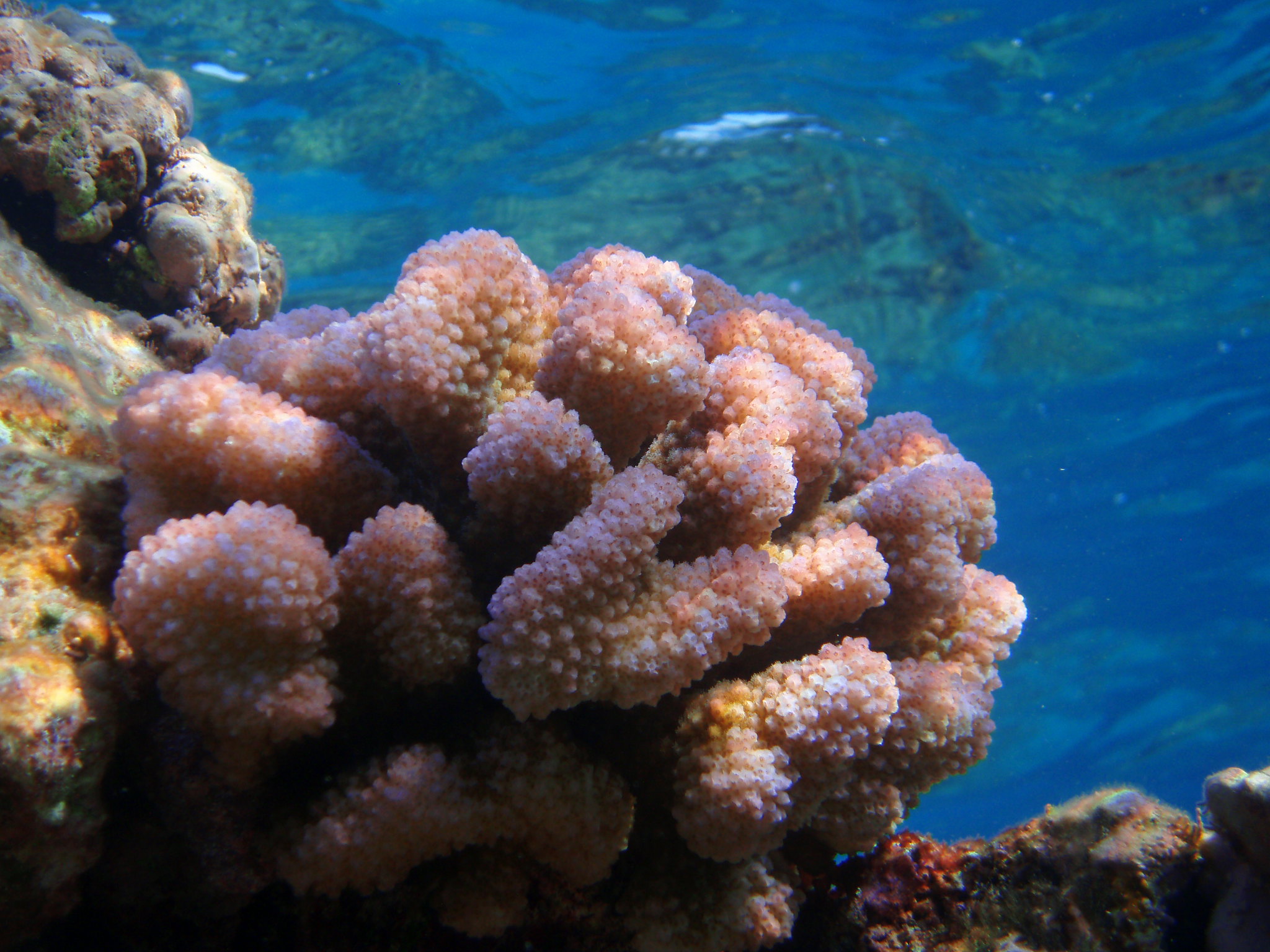Media release
From:
Journal/
conference: Marine and Freshwater Research
conference: Marine and Freshwater Research
Research:Paper
Organisation/s:
The University of Newcastle
Funder:
Part of this project was funded by a Central Coast Council
Protection of the Environment Trust Project Grant 2017.



 Australia; NSW; QLD
Australia; NSW; QLD


